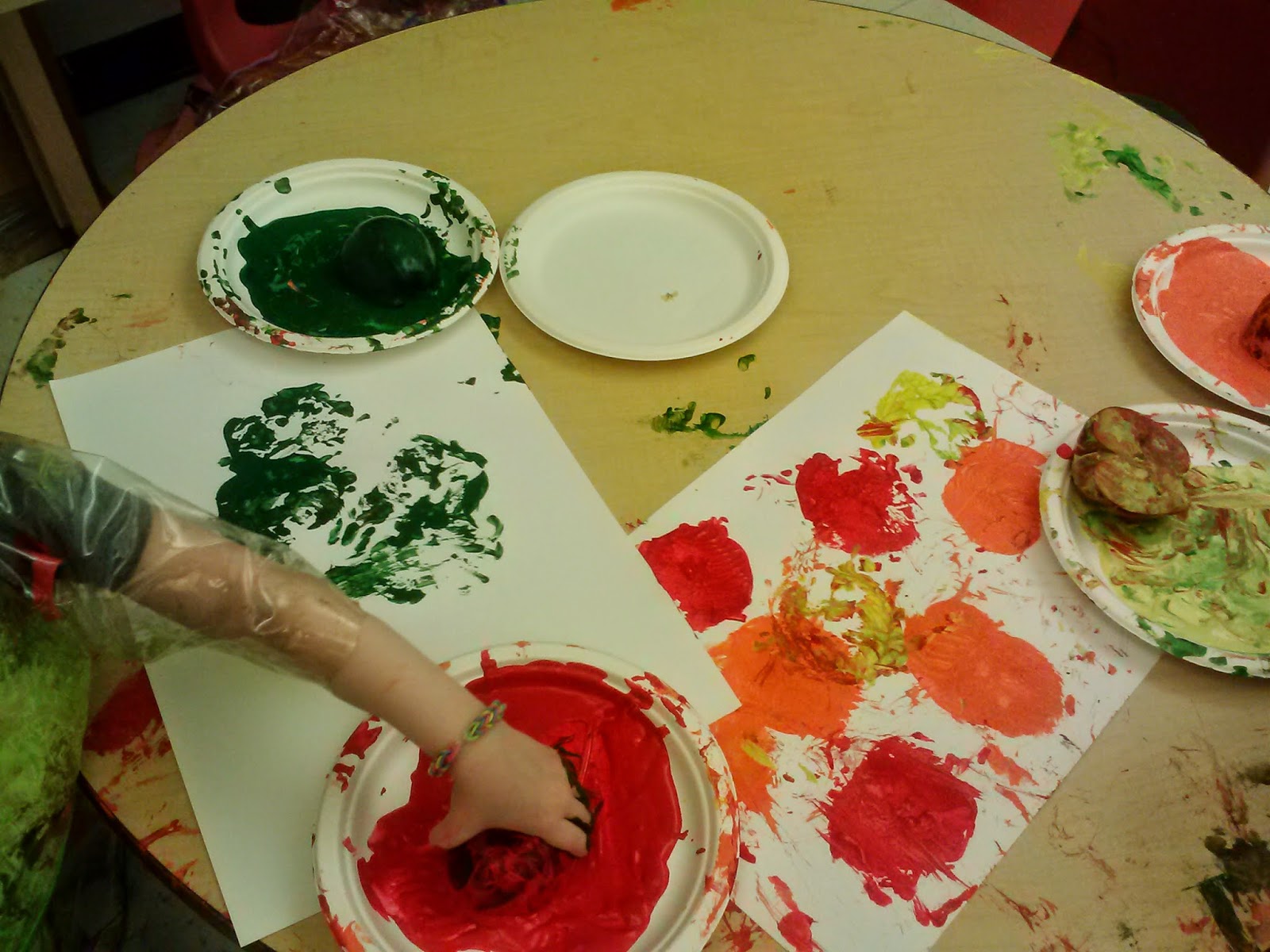 As you probably
have guessed snow was a big theme in our classroom this week. We spoke about
how when it snows outside one of the fun activities that we can do is build
snowmen. We discovered that we needed three sized circles to make a snowman;
small, medium and large. Each child got the
opportunity to build their own snowman in class this week. We gave each child
three different sized circles; small, medium and large and had them glue them
in height order. We then gave the children a pair of eyes, arms, and legs to
glue on to the snowman. The children then dressed their snowmen in mittens, a
hat, a scarf and boots to keep them warm from the cold weather.
As you probably
have guessed snow was a big theme in our classroom this week. We spoke about
how when it snows outside one of the fun activities that we can do is build
snowmen. We discovered that we needed three sized circles to make a snowman;
small, medium and large. Each child got the
opportunity to build their own snowman in class this week. We gave each child
three different sized circles; small, medium and large and had them glue them
in height order. We then gave the children a pair of eyes, arms, and legs to
glue on to the snowman. The children then dressed their snowmen in mittens, a
hat, a scarf and boots to keep them warm from the cold weather.
This week we
continued discussing the different animals that we know hibernate and learn
about some new ones. Did you know that some birds do not like the cold weather
either? We learned that most birds, such as ducks, geese and blackbirds migrate
to warm places for the winter; they fly south where the climate is
warmer and their feathers won’t freeze and so that they can find delicious food
to eat.
Last week we
learned that bears hibernate in the winter. Bears fill up on food all of the
fall season just so they can go into their warm cozy caves and rest all winter
long while they wait for the spring to come. However, we discovered that not all
bears hibernate. Polar bears lives in a place called Antarctica, where it is always cold and icy.
The polar bear has many layers of skin and fur that help them keep warm in the
cold weather. Its fur is like a comfy coat just like we wear outside during the
winter.
 We learned that
the polar bears are not the only animals that live in Antarctica, it happens to
be that it is the home to many animals, including penguins. Penguins are fluffy
birds that don’t mind living in cold weather. In class we took a look at
pictures of penguins and named all the different parts that they have. They
have beaks, flippers and webbed feet. They cannot fly. They have to waddle to where they are going using
their feet. We even tried walking like a penguin in class to see and feel what it is like.
We learned that
the polar bears are not the only animals that live in Antarctica, it happens to
be that it is the home to many animals, including penguins. Penguins are fluffy
birds that don’t mind living in cold weather. In class we took a look at
pictures of penguins and named all the different parts that they have. They
have beaks, flippers and webbed feet. They cannot fly. They have to waddle to where they are going using
their feet. We even tried walking like a penguin in class to see and feel what it is like.
Since the weather
is getting so much colder we decided to look at a thermometer and find out how
cold it really is outside. We noticed that the lowest number on the thermometer
was 0 and the highest 120. As a fun experiment we let the thermometer sit in
our room all morning while we played and learned inside but place it outside on
the playground while we played in the playroom. When we started the experiment
the red line in the thermometer was on 70 degrees. What would happen when we
took it outside into the cold air? We had wait patiently and see. At the end of
our playroom play time we brought the thermometer inside and check to see if
the red line moved up or down. What we discovered was that the red line was now
one the number 35. We discussed how 35 is a lower number than 70 and that meant
that it was very cold outside. We better bundle up before leaving our homes.
Song of the week:
I’M A LITTLE PENGUIN
Tune: “I’m A Little Teapot”
Tune: “I’m A Little Teapot”
I’m a little penguin black and white.
I like to waddle across the ice.
When I reach the water, I dive right in.
I hunt for fish, as I swim, swim, swim.
I like to waddle across the ice.
When I reach the water, I dive right in.
I hunt for fish, as I swim, swim, swim.


























